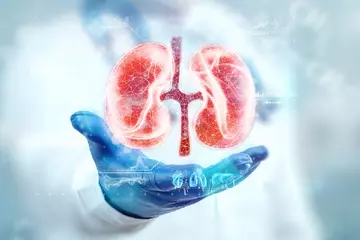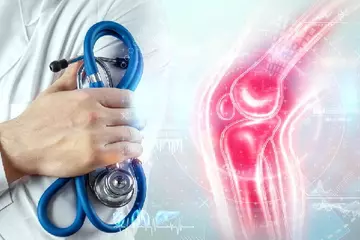Hepatitis B is a liver infection caused by the hepatitis B virus (HBV). It can take two forms- acute infection (sudden onset of infection, which can worsen rapidly but may last for a brief period if treated on time) and chronic infection (long-term). After infection, the hepatitis B virus is present in the body fluids and secretions. In developed countries, HBV mainly spreads through unprotected sex and intravenous drug use. Acute infection causes symptoms such as headaches, abdominal discomfort, body aches, joint pain, nausea, and eventually, yellowing of the skin and eyes due to jaundice. Vomiting and diarrhoea may follow once jaundice develops.
Chronic hepatitis B infection can damage the liver and may even cause liver cancer. For acute hepatitis B infection, usually, adequate rest, optimal intake of fluids, and a healthy diet suffice as a treatment regimen. For chronic hepatitis B, regular monitoring for signs of liver disease is done. Oral antiviral agents may be started if needed. However, once the antiviral treatment begins, the person will need to take the medication for life. If left untreated, chronic HBV infection can progress to liver scarring or liver cancer.

 Doctors for Hepatitis B
Doctors for Hepatitis B  OTC Medicines for Hepatitis B
OTC Medicines for Hepatitis B
 Hepatitis B articles
Hepatitis B articles News for Hepatitis B
News for Hepatitis B
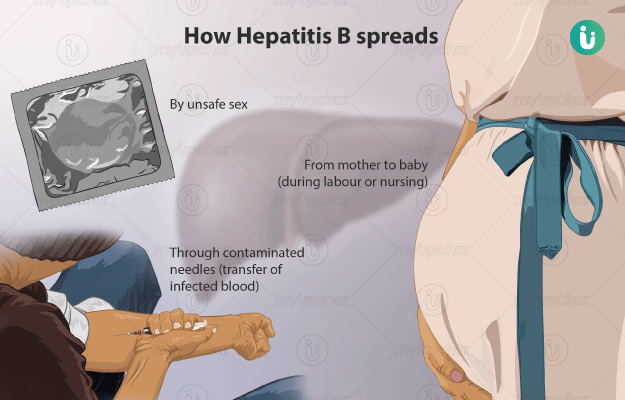

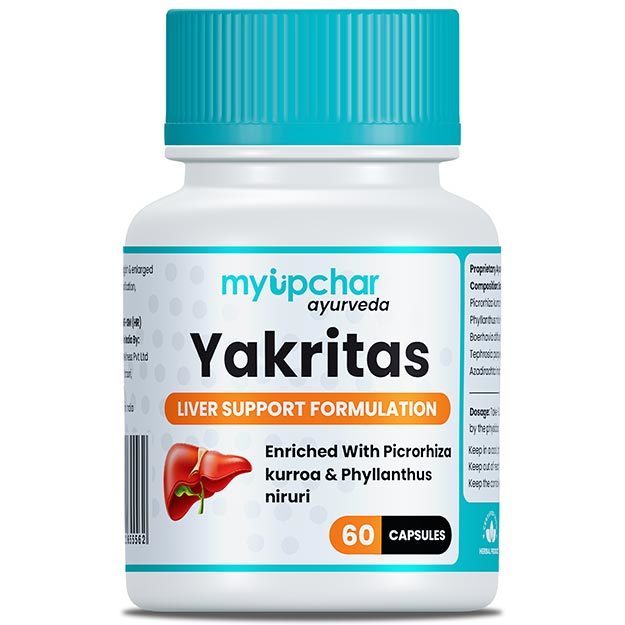
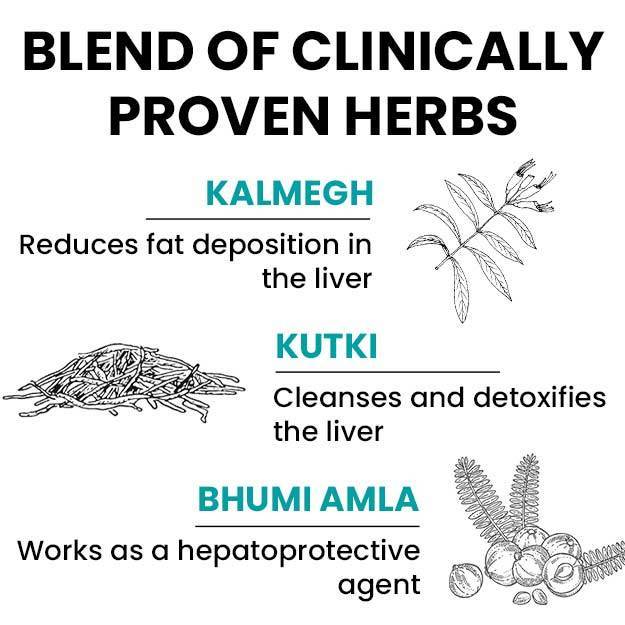
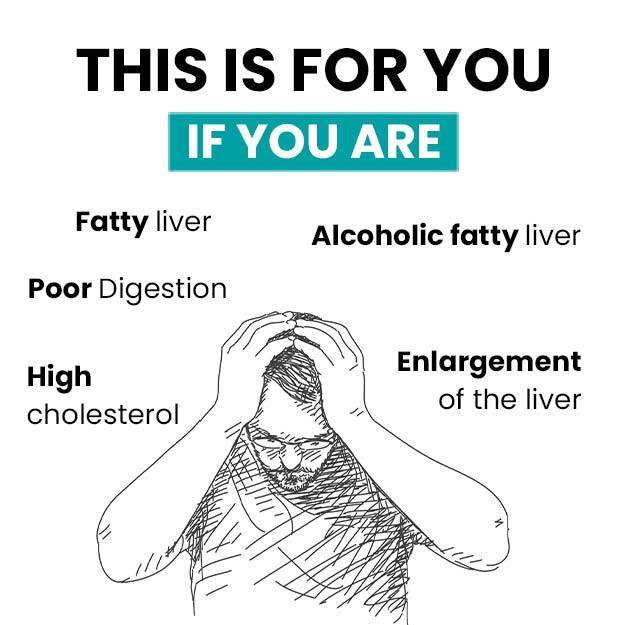
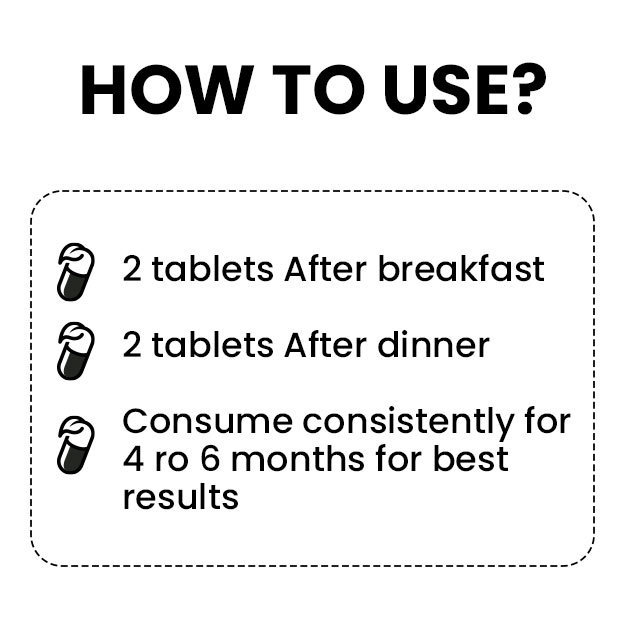
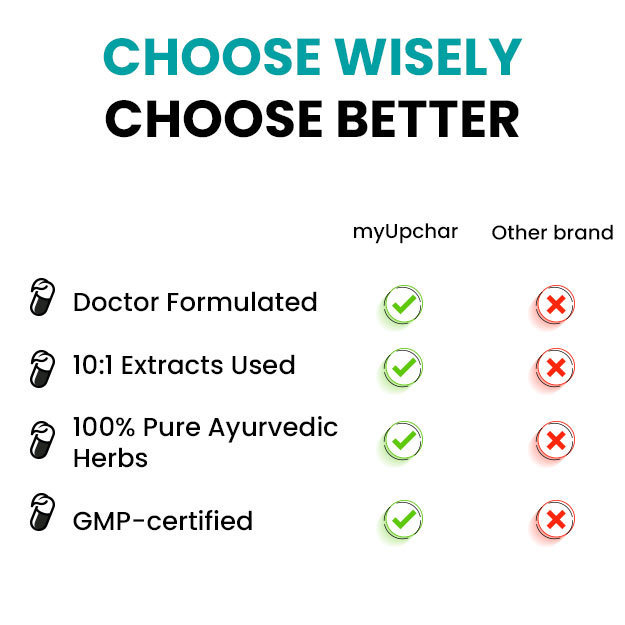


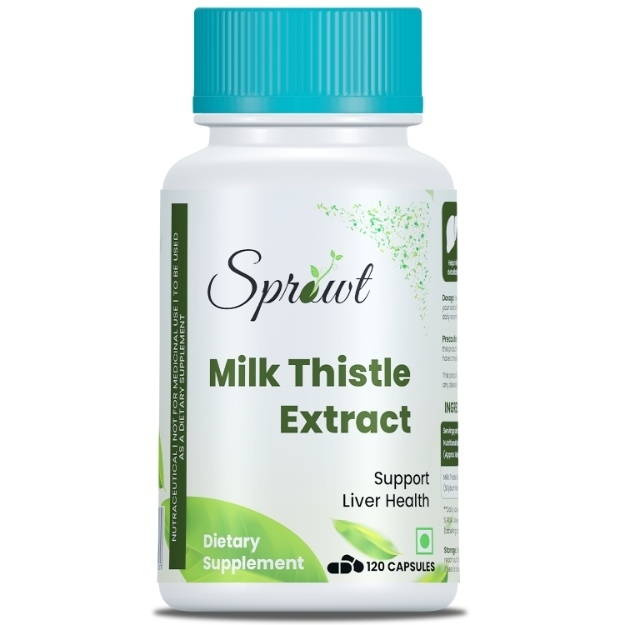
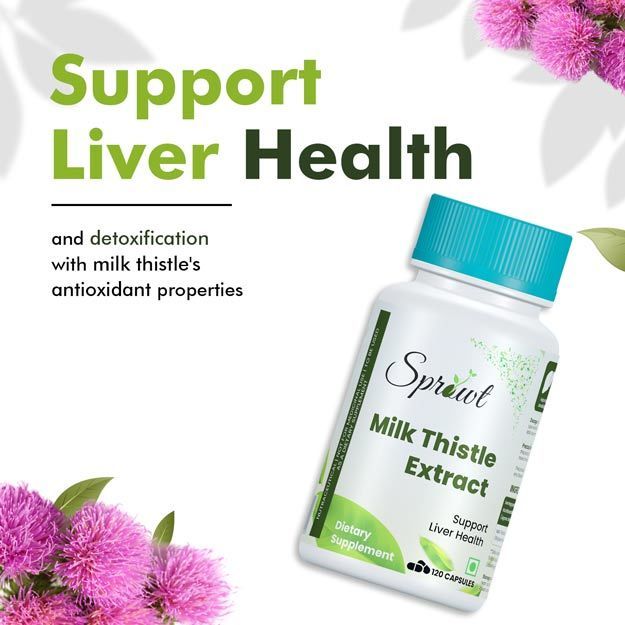

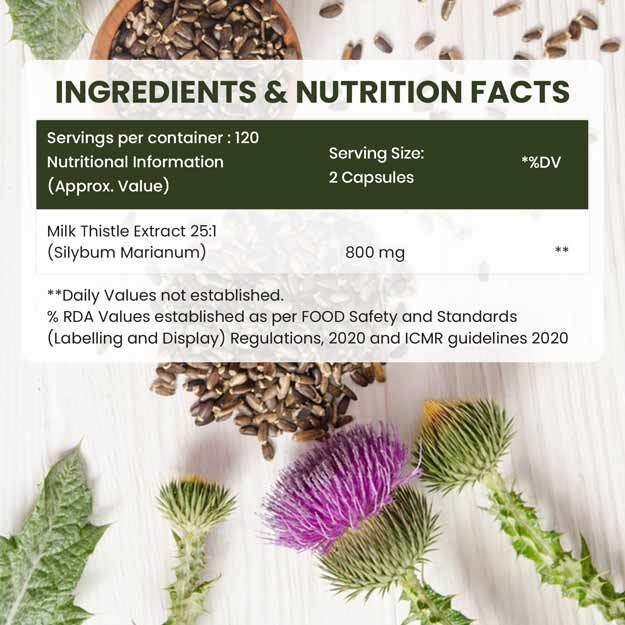





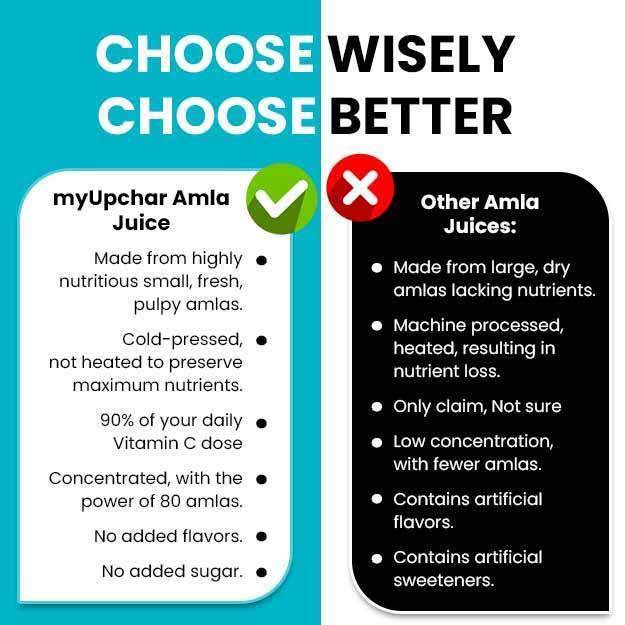



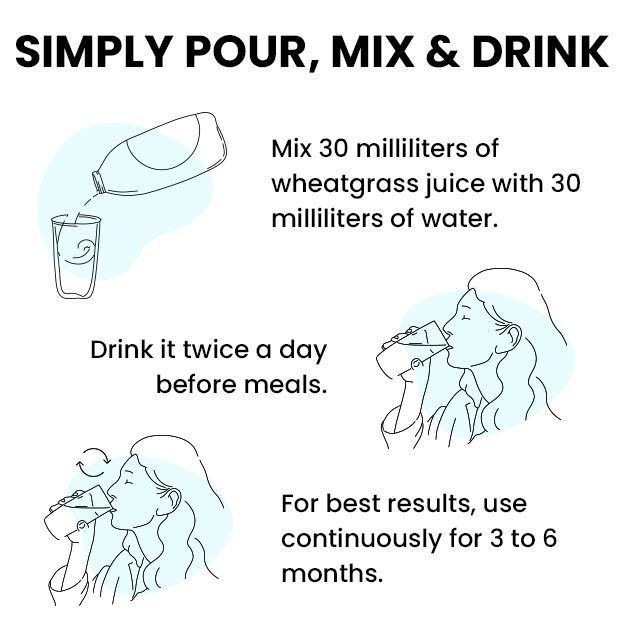









 Dr. Pradeep Jain
Dr. Pradeep Jain
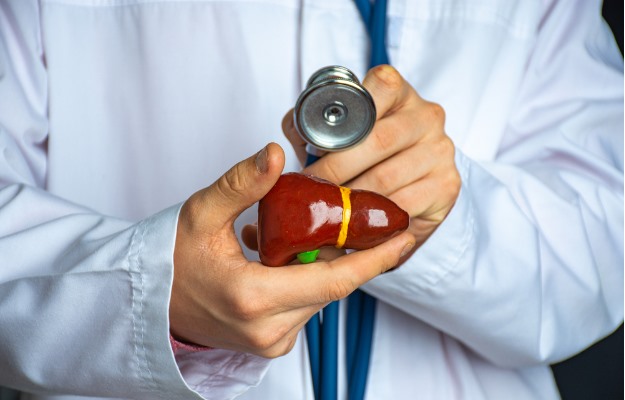



 Dr. Archana Nirula
Dr. Archana Nirula







